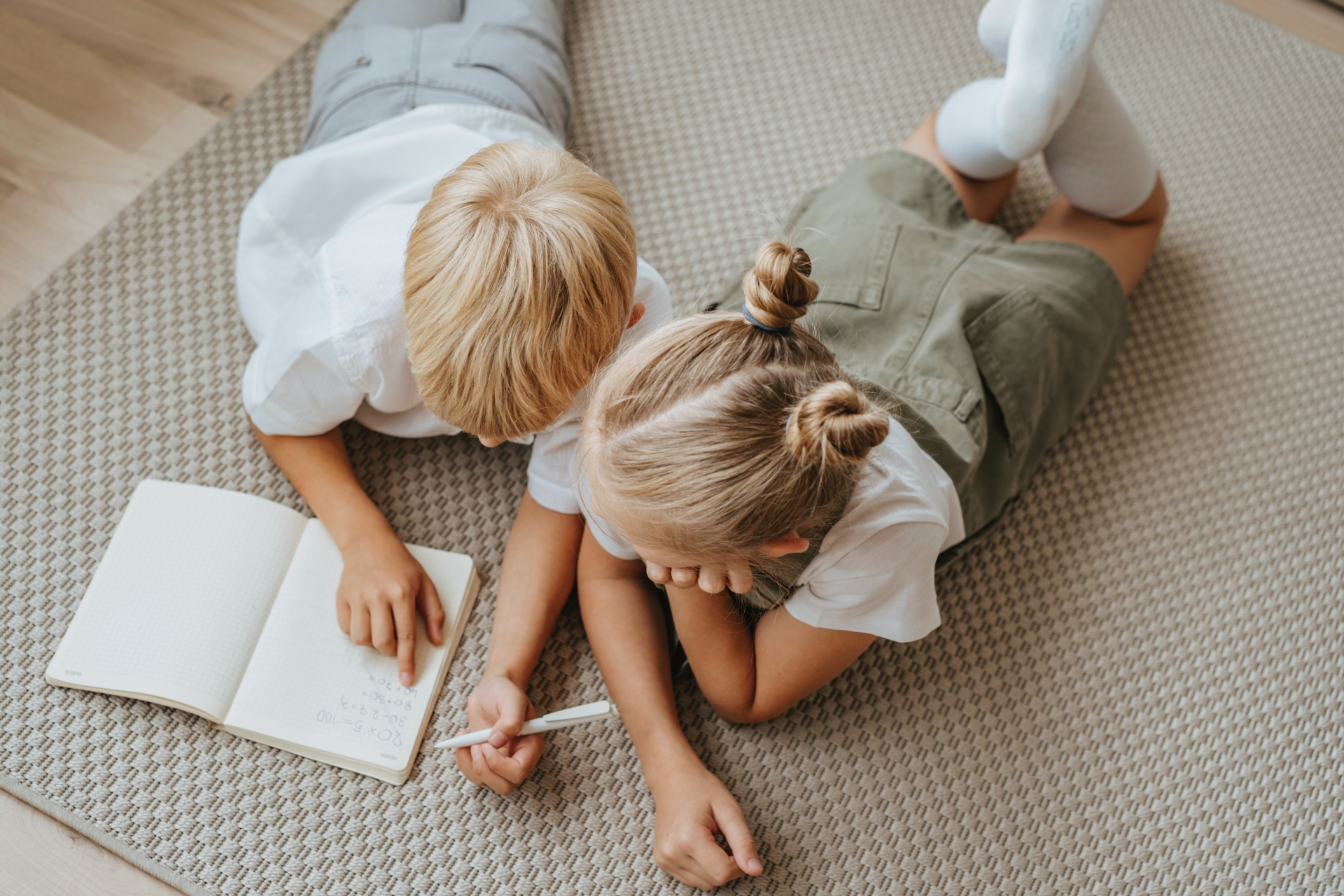In our previous ‘Get Creative’ feature for budding young writers we explored finding inspiration through five flash fiction activities. Fun and fast, these are designed to help young writers overcome “I-don’t-know-what-to-write” woes. Given that we all suffer from blank-page-blues from time to time, and given that they can be a pretty big obstacle to creativity, the following Awesome Objects activity provides another lively framework for finding inspiration for stories.
You will need:
- Paper and pencil/pen, or laptop
- Awesome objects
- Oodles of imagination
Ready? On your marks. Get set…Follow the steps!
1.Get into explorer mode - seek an object
A whole bunch of brilliant of stories and books are centred around objects. For example, objects are often at the heart of fantasy stories - think of all those courageous heroes and heroines who set off on quests to find things like enchanted swords and magic goblets.
Now it’s your turn to find an intriguing object to kickstart your very own story. Get into explorer mode and have a look around your bedroom, living room, garage, or shed - wherever (it’s up to you!). Something might jump out at you right away, or you might have to consider a few different objects before making your decision. It might be useful to know that some of my own books were totally inspired by objects - marionettes, Russian dolls, a mysterious mask - so this activity really does work!
Here are some other examples of objects that might spark ideas as you explore your surroundings for that special something:
Mysterious map
Cluster of keys
Sparkly jewels
Figurine, like a Lego person or ornament
Creepy doll
Football boots
2. Get into detective mode - ask questions
Once you’ve picked your object, it’s time to switch from explorer to detective. Answer the following questions about your object on a piece of paper. Use your imagination to think of different possibilities, which is one of the most thrilling things about writing stories - the possibilities are endless. You could work with a book-writing buddy and answer the questions together - bouncing ideas off a partner can create truly original story ideas.
a) What is your object?
b) Where is it? Where did it come from?
c) Does it have any special value? For example, is it worth lots of money? Does it have any special powers? Does it have sentimental value?
d) Who has the object? Does it belong to them, or did they find it? Or maybe they took it from someone. If so, think about the person it was taken from, and the person who took it. Why did they take it?
e) What happens to the object? If it was taken, does it end up being returned to its original owner or location? If it has any special powers, how do those powers effect your characters - for good, or for bad?
3. Get into writer mode - transform your detective work into a story
The great thing is, your notes already contain everything you need to transform all the ideas inspired by the object into a story.
a) Story setting
This is your answer to question b: where your object is, or where it came from. Maybe you could start your story with a description of your setting and object, like this: “The doll’s beady eyes stared through the window of the dusty toy shop, almost as if it was watching the passer-by.”
***TOP TIP: Did you notice how this sentence uses descriptive language to create atmosphere (words like ‘beady’ and ‘dusty’). Try to do that throughout your story as you describe your setting, your object and your characters. Talking of which…
b) Characters
Your characters are the person who owns your object (or lost it) and the person (or people) who want it, or stole it - your answers to question d.
*** TOP TIP: when you’re writing about characters, don’t just focus on how they look. Also let your readers know what kind of person they are, their mannerisms, how they speak, what motivates them (for example, think about what motivated your character/s to take the object? What made them interested in it?).
c) Plot
Plot means what happens in your story. In terms of your notes, your plot will be based on your answers to questions c, d and e. For example, if my object was a spooky doll with the power to hypnotise passers-by, my plot might involve the doll entrancing my main character to do silly things!
***TOP TIP: to truly satisfy your readers, try to make the ending of your story as interesting as possible. To do this, avoid making things too easy for your characters, and think about having a twist at the end of your tale. For example, what if my main character unexpectedly turns into the creepy doll?!
Good luck, and have fun being explorer, detective and writer rolled into one!
Joanne Owen is a writer and publishing professional with over twenty years’ experience of the book industry, and the author of a how-to children’s guide to creative writing, You Can Write Awesome Stories. Alongside writing and reviewing books, she hosts writing workshops and is an Editorial Expert for LoveReading.



Comments (0)
Leave A Reply
You must be logged in to post a comment.